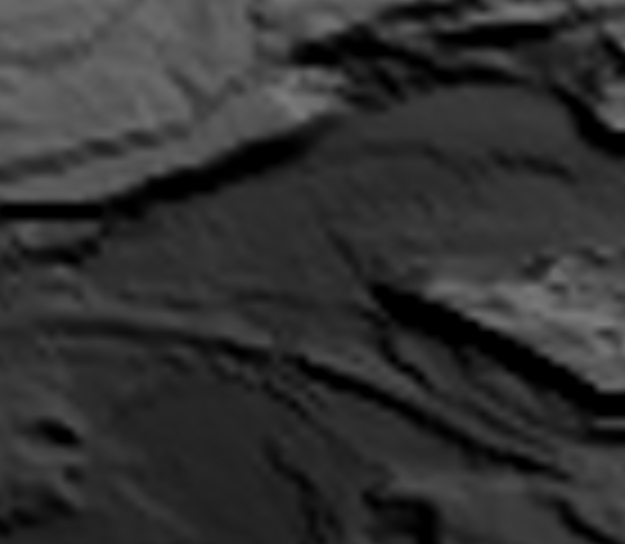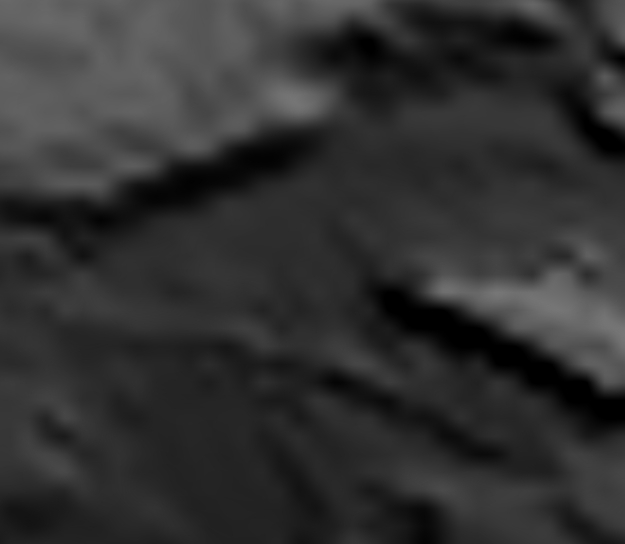Filters: Tags: Digital Elevation Model (X) > Date Range: {"choice":"year"} (X) > Types: OGC WFS Layer (X)
6 results (44ms)|
Filters
Date Types (for Date Range)
Contacts
Categories Tag Types Tag Schemes |
This topobathymetric digital elevation model (TBDEM) mosaic represents the topography and bathymetry for the Milwaukee River Estuary in Milwaukee, Wisconsin and adjacent terrestrial and Lake Michigan nearshore coastal areas. The TBDEM was produced in support of modeling and for developing a physical habitat framework to help with understanding the effects from multidirectional currents and seiche effects associated with the mixing of river flows with Lake Michigan backwater. The TBDEM mosaic is built off existing terrestrial, nearshore, and estuary frameworks developed for other areas around the Great Lakes and the Milwaukee River Harbor. Ranging from 2008-2015, land elevations derived from lidar and historic topographic...
La Soufrière Volcano is a 1,220 m high stratovolcano that occupies the northern half of the island of St. Vincent, Lesser Antilles, Eastern Caribbean. It has a long history of explosive and sometimes devastating eruptions. Beginning in December 2020 and ending in April 2021, La Soufrière Volcano produced a Volcano Explosivity Index (VEI) 4 eruption that greatly impacted the landscape, communities, and infrastructure on the island of St. Vincent. The eruption produced intense ash plumes, heavy ashfall, and pyroclastic flows down several river valleys. During and following the eruption, destructive lahars (volcanic mudflows) impacted rivers valleys and coastal communities for months. The USGS-USAID Volcano Disaster...

This is a tiled collection of the 3D Elevation Program (3DEP) and is 1 arc-second (approximately 30 m) resolution. The elevations in this Digital Elevation Model (DEM) represent the topographic bare-earth surface. The 3DEP data holdings serve as the elevation layer of The National Map, and provide foundational elevation information for earth science studies and mapping applications in the United States. Scientists and resource managers use 3DEP data for hydrologic modeling, resource monitoring, mapping and visualization, and many other applications.. The seamless 1 arc-second DEM layers are derived from diverse source data that are processed to a common coordinate system and unit of vertical measure. These data...
Types: Citation,
Map Service,
OGC WFS Layer,
OGC WMS Layer,
OGC WMS Service;
Tags: 1-Degree DEM,
3D Elevation Program,
3DEP,
Bare Earth,
Cartography,

This is a tiled collection of the 3D Elevation Program (3DEP) and is 2 arc-second (approximately 60 m) resolution covering Alaska. The elevations in this Digital Elevation Model (DEM) represent the topographic bare-earth surface. The 3DEP data holdings serve as the elevation layer of The National Map, and provide foundational elevation information for earth science studies and mapping applications in the United States. Scientists and resource managers use 3DEP data for hydrologic modeling, resource monitoring, mapping and visualization, and many other applications. The seamless 2 arc-second DEM layers are derived from diverse source data that are processed to a common coordinate system and unit of vertical measure....
Types: Citation,
Map Service,
OGC WFS Layer,
OGC WMS Layer,
OGC WMS Service;
Tags: 1-degree DEM,
2 arc-second DEM,
3DEP,
Bare Earth,
Cartography,
In 2021, the USGS 3D Elevation Program (3DEP) funded the collection of topo-bathymetric lidar (sometimes referred to as "green lidar") on the McKenzie River, Oregon. As part of this acquisition, lidar data were collected starting on the McKenzie River below Trail Bridge Reservoir and extending downstream roughly 125 km to its confluence with the Willamette River. Bathymetric lidar produced measurements of river bathymetry in areas of the McKenzie River channel that were generally less than 3 m in depth but did not produce measurements in deeper areas of the river. To fill the gaps in the topo-bathymetric lidar dataset (commonly referred to as "voids"), the U.S. Army Corps of Engineers funded USGS to collect boat-based...
Categories: Data;
Types: Map Service,
OGC WFS Layer,
OGC WMS Layer,
OGC WMS Service;
Tags: Digital Elevation Model,
Finn Rock, Oregon,
McKenzie River, Oregon,
Rainbow, Oregon,
Springfield, Oregon,
Lava flow hazards are usually thought to end when the erupting vent becomes inactive, but this is not always the case. At Kīlauea in August 2014, a spiny ʻaʻā flow erupted from the levee of a crusted perched lava lake that had been inactive for a month, and the surface of the lava lake subsided as the flow advanced downslope over the following few days. Topography constructed from oblique aerial photographs using structure-from-motion (SfM) software shows that the volume of the flow (~68,000 m3) closely matches the volume of subsidence of the crusted lava lake (~64,000 m3). The similarity of these volumes, along with the textural characteristics of the lava, shows that the lava that fed the flow had been stored...
Types: Map Service,
OGC WFS Layer,
OGC WMS Layer,
OGC WMS Service;
Tags: East Rift Zone,
Island of Hawaiʻi,
June 27th flow,
Kīlauea,
Puʻuʻōʻō,
|

|